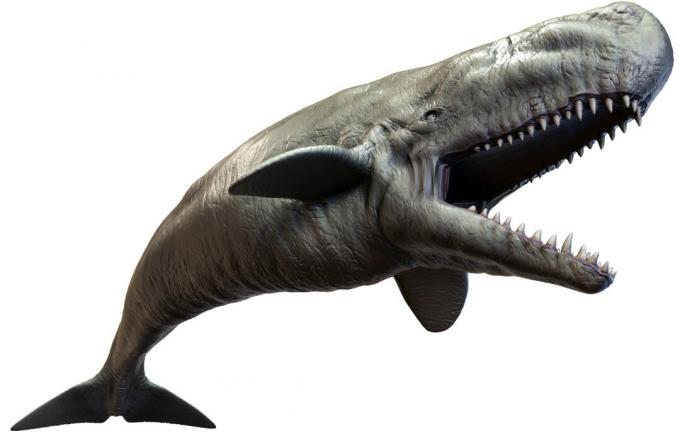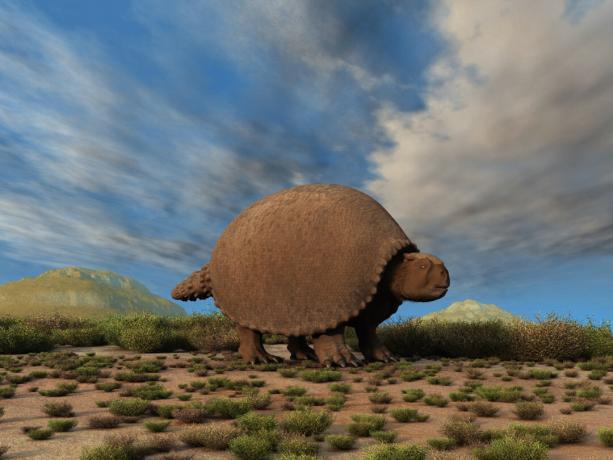Earth's history is filled with fascinating and surprising creatures. Since prehistoric times, our planet has been home to an incredible variety of animals, many of which look like they came straight out of a science fiction movie.
In this text, we will explore some of these amazing prehistoric animals that will surely amaze you. Continue reading to meet them!
see more
Eliminate grease from your stove in minutes with this AMAZING mixture…
BOMB! Scientists suggest which people, in fact, arrived first at…

The mammoth is one of the best known and most impressive prehistoric animals. These hairy giants were distantly related to today's elephants and had massive tusks that could reach over three meters in length.
These animals inhabited the Earth during the Pleistocene period, but unfortunately they became extinct about 4,000 years ago.

The Smilodon, also known as the “saber-toothed tiger”, is a prehistoric feline that lived during the Pleistocene period.
What most caught the attention of this animal were its extremely long and curved canines, which could measure up to 28 centimeters in length. These sharp teeth were used to pierce the skin of prey and cause fatal damage.

O Livyatan melvillei is a huge marine predator that lived about 12 million years ago. It was known as the “Giant Killer Whale” due to its impressive size and formidable strength.
With sharp and robust teeth, this animal fed mainly on other large marine mammals, such as whales and seals.

O megatherium it was basically a gigantic ground sloth that lived during the Pleistocene period. That is, it was contemporary with the Smilodon.
About 6 meters long and weighing up to 4 tons, this herbivorous animal had huge claws that helped it move and feed on the leaves of trees. Despite its clumsy appearance, the megatherium it was a powerful and resistant animal.
The Purgatory, also known as the “terror of the sky”, is a prehistoric bird that lived about 60 million years ago.
With a wingspan of up to 6 meters, this giant bird is one of the largest flying animals that ever lived. Despite its impressive ability to fly, Purgatorio was a fearsome predator, feeding on fish and small animals.

The Canis Dirus, or “terrible wolf”, is an extinct species of wolf that also lived during the Pleistocene period. These direwolves were larger than today's gray wolves, weighing up to 70 kg. They were formidable hunters, with sharp teeth and incredible strength.

O Doedicurus clavicaudatus is a huge species of prehistoric armadillo that inhabited South America during the Pleistocene period. With a protective bony shell and a club-shaped tail, this animal was able to defend itself against predators and also dig holes for protection.

Glyptodon is a giant armadillo-like animal that lived during the Pleistocene period. With a rigid shell covering its body, this animal could reach 2 meters in length. Glyptodon ate plants and probably lived in open areas.

O Gigantopithecus is a giant primate that lived in Asia millions of years ago. With a height of up to 3 meters and an estimated weight of up to 600 kg, this animal was one of the largest primates that ever lived.
Despite its similarities to gorillas, Gigantopithecus probably ate plants and climbed trees relatively easily, like modern-day orangutans.